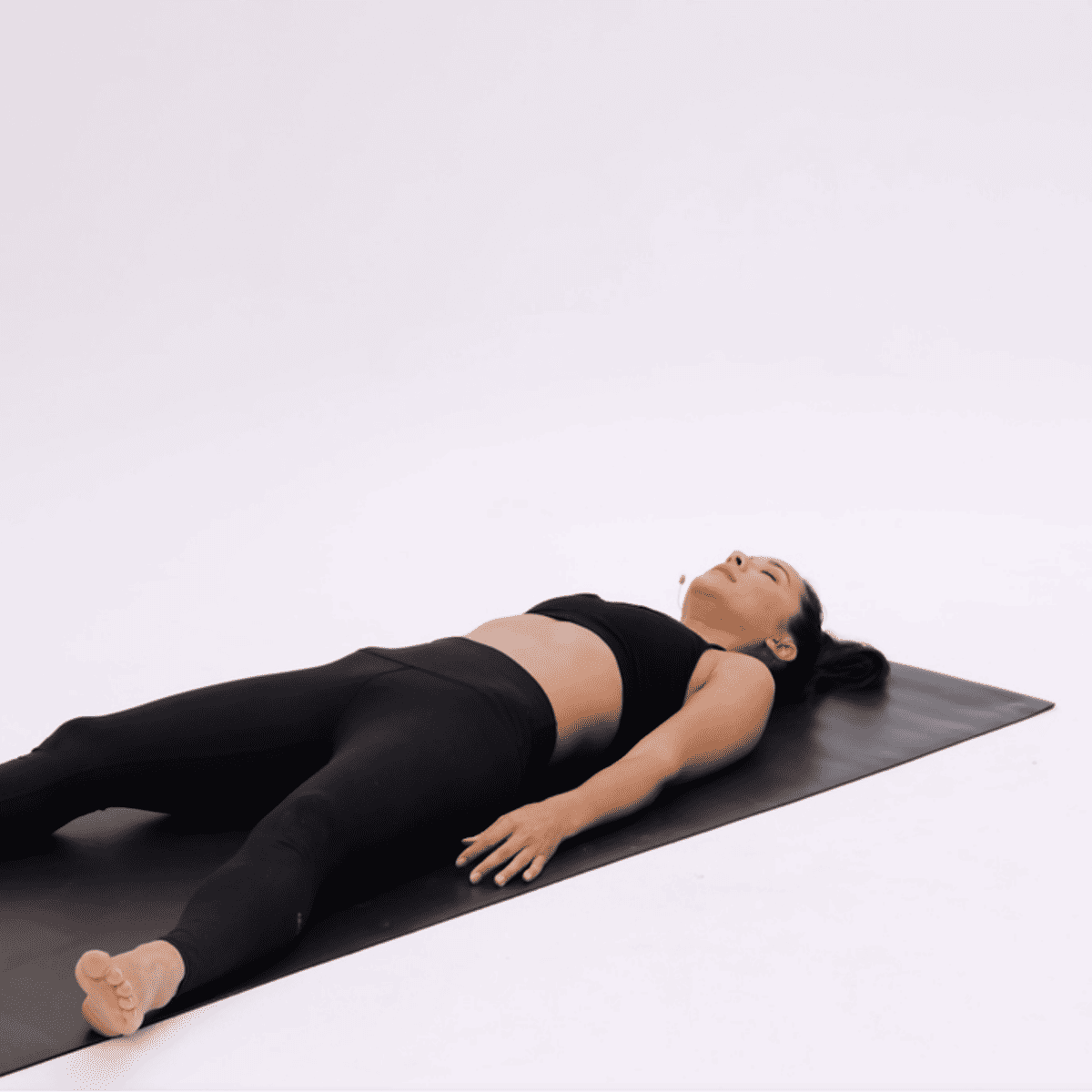In this article, we will explore the benefits of yoga for postpartum sleep, recommended yoga poses, tips for practicing yoga, and other strategies to improve your sleep. So, grab your yoga mat and let’s dive in!
Are you a new mom struggling to get a good night’s sleep?
Yoga may be the solution you’ve been looking for. Incorporating yoga into your postpartum routine can have numerous benefits, including reducing stress and anxiety, promoting relaxation and calmness, and improving sleep quality.
Benefits of yoga for postpartum sleep
Reduces stress and anxiety
The postpartum period can be overwhelming, and stress and anxiety can make it even harder to fall asleep. Yoga provides a natural and effective way to reduce stress and anxiety levels.
The combination of gentle movements, deep breathing, and mindfulness helps activate the body’s relaxation response, calming the mind and preparing it for a restful sleep.
Promotes relaxation and calmness
Yoga is known for its ability to promote relaxation and calmness. By practicing yoga, you can release tension in your body and quiet your mind, creating the perfect conditions for a peaceful sleep.
The slow and deliberate movements, combined with focused breathing, help to activate the parasympathetic nervous system, also known as the “rest and digest” response, which counteracts the effects of stress and promotes relaxation.
Improves sleep quality
One of the most significant benefits of yoga for postpartum sleep is its ability to improve sleep quality. Regular yoga practice has been shown to increase the production of melatonin, a hormone that regulates sleep-wake cycles. By incorporating yoga into your routine, you can experience deeper and more restorative sleep, waking up feeling refreshed and rejuvenated.
Recommended yoga poses for postpartum sleep
Child’s Pose (Balasana)
Child’s Pose is a gentle and restorative pose that helps release tension in the back, shoulders, and hips. To practice this pose, start by kneeling on the floor with your knees wide apart and your toes touching.

Sit back on your heels and fold your torso forward, resting your forehead on the mat.
Extend your arms forward or alongside your body, whichever feels more comfortable. Stay in this pose for several breaths, allowing your body to relax and unwind.
Legs-Up-The-Wall Pose (Viparita Karani)
Legs-Up-The-Wall Pose is a relaxing pose that promotes circulation and relieves fatigue. To practice this pose, lie on your back with your hips close to a wall. Extend your legs up the wall, keeping them straight or slightly bent if needed.

Rest your arms by your sides, palms facing up. Close your eyes and focus on your breath as you relax into the pose. Stay in this pose for 5-10 minutes, allowing gravity to gently stretch your legs and release tension.
Reclined Bound Angle Pose (Supta Baddha Konasana)
Reclined Bound Angle Pose is a restorative pose that opens the hips and promotes relaxation. To practice this pose, lie on your back and bring the soles of your feet together, allowing your knees to fall open to the sides. Place your hands on your belly or by your sides, palms facing up.

Close your eyes and take slow, deep breaths as you surrender to the pose. Stay in this pose for several minutes, feeling the gentle stretch in your hips and the release of tension in your body.
Corpse Pose (Savasana)
Corpse Pose is the ultimate relaxation pose, perfect for winding down before sleep. To practice this pose, lie on your back with your legs extended and your arms by your sides, palms facing up.

Close your eyes and allow your body to completely relax into the mat. Focus on your breath, letting go of any tension or thoughts. Stay in this pose for 5-10 minutes, enjoying the deep relaxation and preparing your body for a restful sleep.
Tips for practicing yoga for postpartum sleep
Start with gentle and restorative poses
As a new mom, your body may still be recovering from childbirth, so it’s important to start with gentle and restorative yoga poses. These poses will help release tension and promote relaxation without putting too much strain on your body.
As you gain strength and flexibility, you can gradually incorporate more challenging poses into your practice.
Listen to your body and modify as needed
Every woman’s postpartum journey is unique, so it’s essential to listen to your body and modify yoga poses as needed. If a pose feels uncomfortable or causes pain, back off or find a modification that works for you. Remember, yoga is about honoring and nurturing your body, so never push yourself beyond your limits.
Practice deep breathing and meditation
Deep breathing and meditation are powerful tools for calming the mind and preparing for sleep. Incorporate deep breathing exercises into your yoga practice, focusing on long, slow inhales and exhales. You can also dedicate a few minutes to meditation at the end of your practice, allowing your mind to quiet and find stillness.
Establish a consistent bedtime routine
In addition to practicing yoga, establishing a consistent bedtime routine can help signal to your body that it’s time to sleep. Create a routine that includes relaxing activities such as reading a book, taking a warm bath, or practicing gentle stretches. By following a consistent routine, you can train your body to recognize when it’s time to wind down and prepare for sleep.
Other strategies to improve postpartum sleep
Create a sleep-friendly environment
Creating a sleep-friendly environment can significantly impact your sleep quality. Make sure your bedroom is cool, dark, and quiet. Invest in a comfortable mattress and pillows that support your body.
Consider using blackout curtains, earplugs, or a white noise machine to block out any distractions that may disrupt your sleep.
Establish a regular sleep schedule
Maintaining a regular sleep schedule can help regulate your body’s internal clock and improve sleep quality. Try to go to bed and wake up at the same time every day, even on weekends. This consistency will help train your body to fall asleep and wake up more easily.
Limit caffeine and screen time before bed
Caffeine and screen time can interfere with your ability to fall asleep and stay asleep. Avoid consuming caffeine in the late afternoon and evening, as it can stay in your system for hours. Additionally, limit your exposure to electronic devices, such as smartphones and tablets, before bed. The blue light emitted by these devices can disrupt your sleep-wake cycle.
Seek support from a healthcare professional if needed
If you’re still struggling with postpartum sleep despite incorporating yoga and other strategies, don’t hesitate to seek support from a healthcare professional. They can provide guidance and offer additional solutions to help improve your sleep.
Conclusion
Incorporating yoga into your postpartum routine can have a profound impact on your sleep quality. By reducing stress and anxiety, promoting relaxation and calmness, and improving sleep quality, yoga can help you get the restful sleep you deserve.
Remember to start with gentle poses, listen to your body, and establish a consistent bedtime routine. Combine these yoga practices with other strategies such as creating a sleep-friendly environment and maintaining a regular sleep schedule for optimal results.
So, roll out your yoga mat, take a deep breath, and let yoga guide you to a peaceful and rejuvenating sleep.
Originally posted 2023-07-28 13:51:20.

